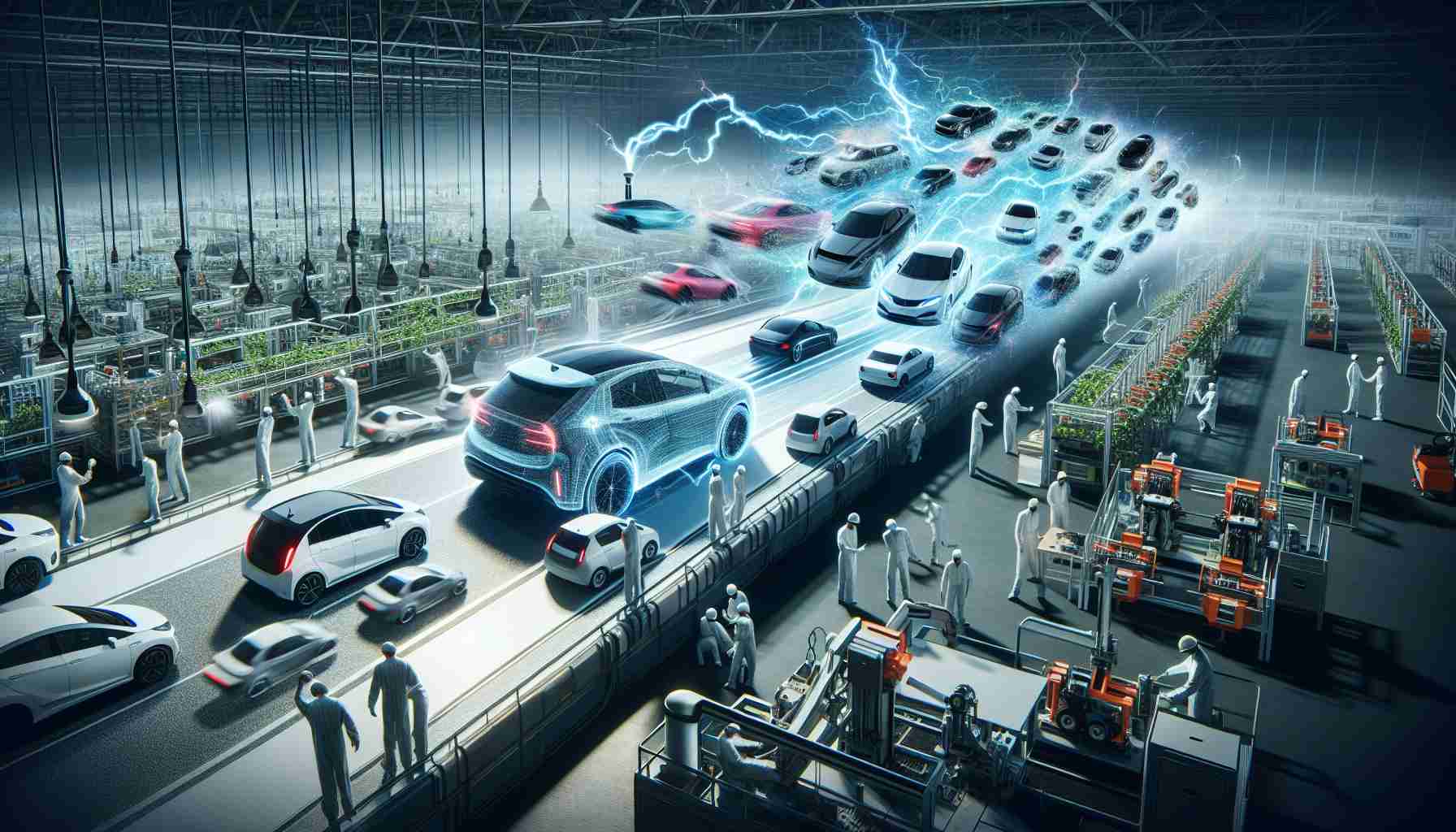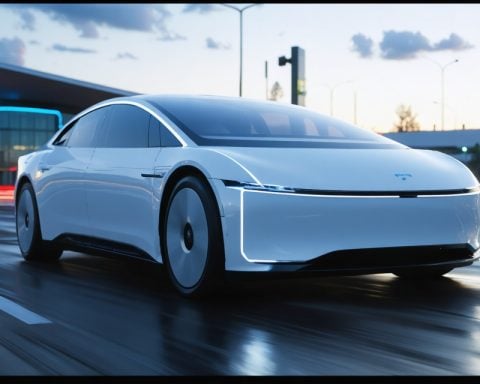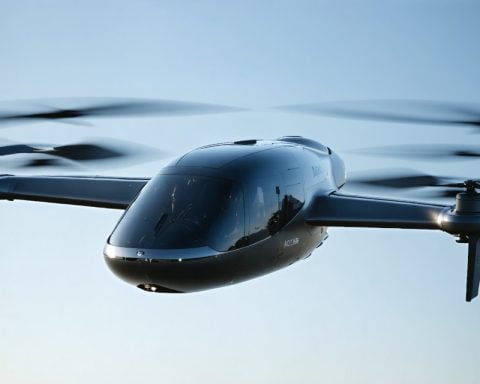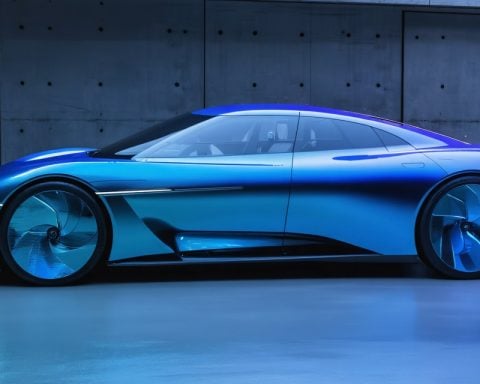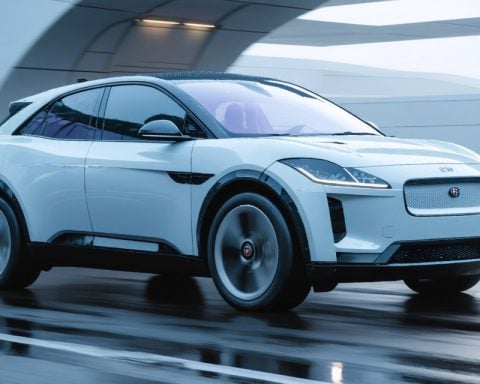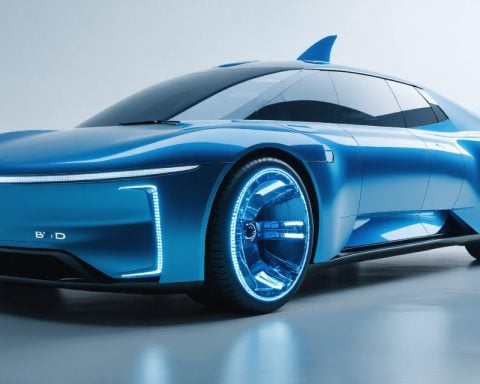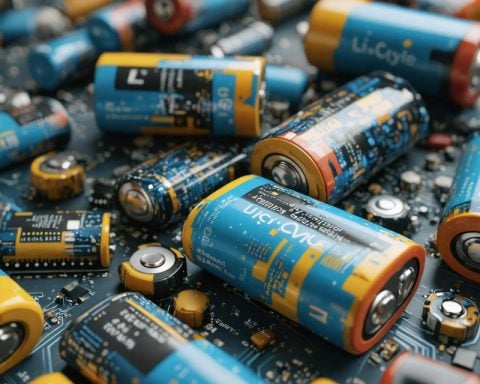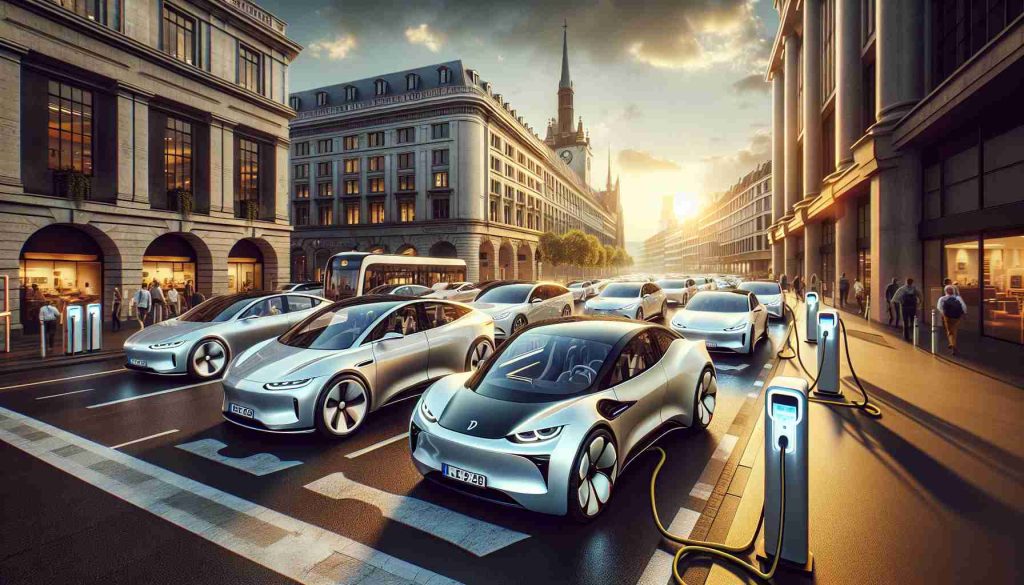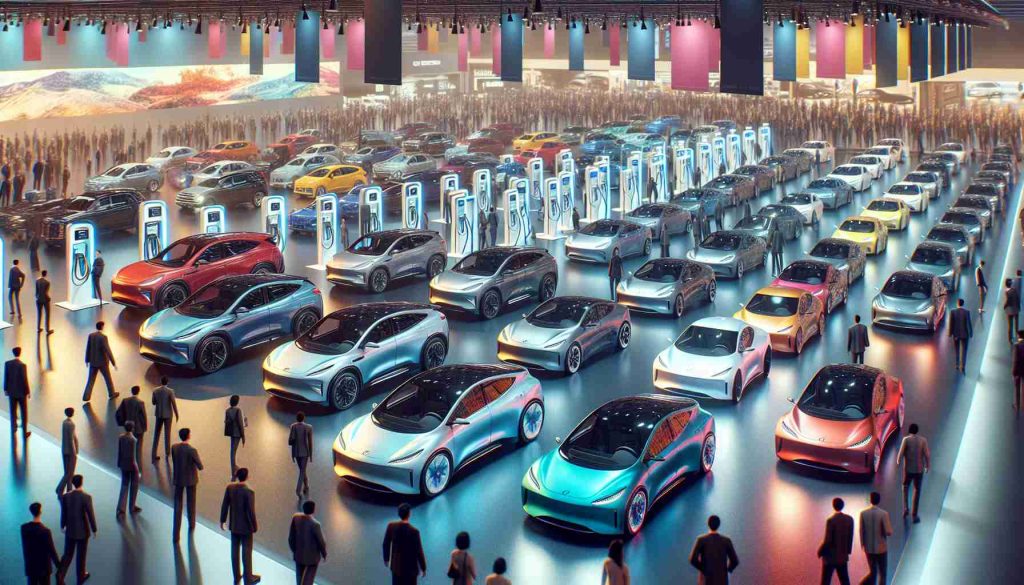As the electric vehicle (EV) landscape rapidly evolves, traditional Japanese automakers are grappling with a phenomenon known as the “pioneer’s trap.” While companies like Tesla and BYD continue to expand their dominance and innovate at a relentless pace, Japan’s automotive giants are rethinking their strategies to remain competitive in this new market.
The “pioneer’s trap” refers to the dilemma faced by established manufacturers as they attempt to balance their longstanding practices with the need to innovate. Many Japanese carmakers, known for their reliability and engineering prowess, are now pressured to invest heavily in electric technologies to keep pace with global competitors.
Tesla and BYD have been defining the EV sector with aggressive pricing, advanced battery technology, and extensive charging infrastructure. In contrast, Japanese firms are often viewed as lagging behind, having prioritized hybrid technology over full electric models. This shift in the market landscape raises concerns about the future viability of these companies in a world increasingly leaning towards electrification.
To combat this stagnation, Japanese automakers are starting to pivot their focus towards developing more competitive electric vehicles. They are investing in research and development, forging partnerships, and enhancing supply chains to better adapt to consumer demands for sustainable transport solutions.
As the automotive industry undergoes a seismic shift, the challenge for Japan’s manufacturers is clear: adapt swiftly or risk becoming obsolete in an era dominated by innovative newcomers.
The Imperative of Innovation in the Automotive Sector
The rise of electric vehicles (EVs) marks a transformative moment in the automotive industry that extends well beyond mere technological advancement. As traditional Japanese automakers confront the pressures of digital innovation and sustainability, the stakes for society, culture, and the global economy have never been higher. The ongoing shift towards electrification presents a myriad of implications that warrant careful examination.
The competition ignited by pioneers like Tesla and BYD is fostering a cultural shift within the automotive sector. Innovation is rapidly becoming a cultural hallmark, shaping consumer expectations and demanding that manufacturers not only produce vehicles but also deliver cutting-edge technology and sustainable practices. This phenomenon could lead to a future where technological literacy and green innovation become essential metrics for corporate reputation, altering the landscape of brand loyalty.
Moreover, the global economy is poised to feel the reverberations of this automotive revolution. As electric vehicle production ramps up, countries that adapt to or lead in EV manufacturing could see substantial economic benefits, including job creation in new sectors tied to battery technology and renewable energy. Conversely, nations that lag may find themselves at an economic disadvantage, particularly if they remain heavily invested in traditional fuel sources and outdated manufacturing practices.
The environmental implications of the automotive shift cannot be overstated. Transitioning to electric vehicles has the potential to significantly reduce greenhouse gas emissions, addressing critical climate change challenges. However, the production and disposal of batteries also raise concerns regarding resource extraction and waste management. As such, the industry must pursue sustainable practices throughout the lifecycle of EVs—balancing the push for innovation with ecological stewardship.
In terms of future trends, the automotive sector is likely to witness increased collaboration across industries, particularly between tech companies and traditional carmakers. This convergence could facilitate breakthroughs in areas such as autonomous driving and smart vehicle integration, further enhancing the EV offering. As younger generations increasingly prioritize sustainability, brands that successfully align themselves with these values will capture a more significant share of the market.
Finally, the long-term significance of the EV transition lies in its ability to reshape global power dynamics in automotive manufacturing. The once-unquestioned dominance of Japanese manufacturers may face challenges as emerging markets and tech-savvy startups gain traction in the EV arena. To thrive in this transformed landscape, traditional companies must not only innovate but also nurture a culture that embraces change and anticipates the evolving needs of consumers.
In conclusion, the challenges faced by Japanese automakers in the wake of the electric vehicle revolution are emblematic of a broader societal shift towards sustainability and innovation. The implications of this transition will ripple through culture, the economy, and environmental policy for years to come, making it an indispensable focus for stakeholders at all levels. The future belongs to those who dare to embrace change and redefine mobility in an electrified world.
Adapting to the Electric Future: Strategies for Japanese Automakers
As Japanese automakers reassess their positions in the electric vehicle (EV) market, there are several strategic angles they can pursue to mitigate the impact of the “pioneer’s trap” and emerge as formidable competitors in the evolving landscape. Below, we explore fresh insights, provide practical tips, and outline the pros and cons of their potential strategies.
FAQs: Addressing Common Concerns
Q: Why are Japanese automakers lagging in the EV market?
A: Japanese manufacturers historically focused on hybrid technology, which delayed their transition to fully electric vehicles compared to rivals like Tesla and BYD that aggressively pursued electrification.
Q: What steps are Japanese automakers taking to catch up?
A: They are increasing investments in R&D for electric vehicles, forming strategic partnerships with tech companies, and revamping supply chains to ensure access to essential EV components like batteries.
Q: Will traditional Japanese automakers be able to compete with established EV makers?
A: If they can successfully leverage their engineering strengths and innovative capabilities, they can enhance their market presence. Quick adaptation and consumer-centric designs will be key.
How-tos: Navigating the Transition
1. Embrace Agile Development Practices
Japanese automakers should adopt agile methodologies used in tech industries to speed up their design and production processes. This shift can foster a culture of innovation and rapid response to market demands.
2. Invest in Battery Technology
Developing or partnering with companies that specialize in battery technology is crucial. This focus can lead to innovations in battery life, charging speed, and costs—key determinants of consumer preference.
3. Enhance Digital Infrastructure
Building a robust digital ecosystem, including user-friendly apps for charging station locations and vehicle management, can improve the customer experience—an area where traditional automakers often lag.
Pros and Cons: Weighing the Options
Pros:
– Potential for Innovation: By investing in EV technology, Japanese automakers can rejuvenate their brand image and appeal to a younger, environmentally conscious consumer base.
– Strategic Partnerships: Collaborating with tech companies may lead to valuable advancements in autonomous driving and smart technologies, enhancing vehicle offerings.
Cons:
– High Investment Risk: The transition to electric vehicles demands significant capital, with uncertain returns in the competitive and volatile EV market.
– Cultural Resistance: Transitioning from established hybrid practices to a focused EV strategy may encounter internal resistance within these organizations that traditionally value stability.
Predictions: The Road Ahead
The transformation of the EV market is poised to become even more pronounced in the coming years. As government policies increasingly favor electric vehicles through incentives and stricter emissions regulations, Japanese automakers must accelerate their efforts.
In the next five years, we can expect a surge in new model launches featuring fully electric vehicles from established Japanese brands, aiming to re-establish their footprint. Furthermore, innovative technologies such as solid-state batteries may emerge, potentially giving these manufacturers an edge over current leaders.
In conclusion, while traditional Japanese automakers face undeniable challenges in the EV landscape, their engineering expertise and commitment to quality offer a foundation for a successful shift towards electrification. By innovating and adapting proactively, they can turn the “pioneer’s trap” into a launching pad for a renewed competitive strategy.
